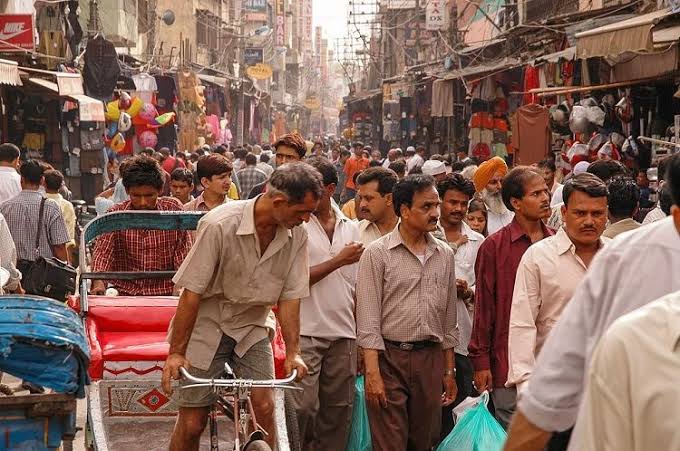What is new in New Income Tax regime?
On February 1, during the presentation of the Union Budget for 2023-24, when Union Finance Minister Nirmala Sitharaman announced that the tax slabs had been revised upwards and that persons earning up to INR 700,000 had no taxes to pay, it led to a spike in the Bombay Stock Exchange’s Sensex as the markets and the tax payers alike believed it to be a significant relief in their tax burden.
Changes in the New Tax Regime
After all, increase in income free from taxes was one of the top expectations of the Indian middle classes, struggling with the rising inflation and widespread layoffs. And hence Union Finance Minister Nirmala Sitharaman attempted to mitigate tax-related concerns by raising the minimum taxable amount.
While presenting the Budget 2023, Sitharaman announced a slew of measures for taxpayers. She said that the new income tax regime which she had introduced in 2020, would become more attractive for salaried middle-class individuals with a hike in the basic exemption limit and rebate and tweaks to the income tax slabs.
“I had high expectations for the budget, and I believe it has succeeded in living up to them. As a middle-class taxpayer, I wanted the tax slabs to be increased, which the government did by increasing the income tax rebate limit to INR 700,000. I believe it would build hopes for a flourishing year ahead, especially for salaried individuals and the middle class, as it will encourage them to increase their savings, which have been difficult due to increasing inflation,’’ Hansa Priyadarshi, who works as a project manager with Conduent Technology Solutions, tells Media India Group.
“Currently, those with income up to INR 500,000 do not pay any income tax in both old and new tax regimes. I propose to increase the rebate limit to INR 700,000 in the new tax regime. Thus, persons in the new tax regime, with income up to INR 700,000 will not have to pay any tax,’’ said Finance Minister while presenting Budget 2023.
While the government claims this to be a gift for the taxpayers, the changes brought in the tax regimes does not seem to be satisfactory for many of them.
“Although the overall limit has been hiked, I don’t think it would help much given the fact that a lot of other changes have been made, especially in the sections that have allowed additional redemptions. It would have been better if the provisions could have been simpler for the taxpayers,’’ Aman Jain, who works at Fareportal, a telecom-tech company in Gurgaon, tells Media India Group.
Old Tax Regime Vs New Tax Regime
The government has changed the number of tax slabs in the new tax regime from 6 to 5. According to this, the new tax rates are 0 to INR 300,000 is nil, for 300,000-600,000 is 5 pc, for 600,000-900,000 is 10 pc, INR 900,000-1.2 million is 15 pc, INR 1.2-1.5 million is 20 pc and above INR 1.5 million is 30 pc.
In addition to that, the old twin-structure system introduced in 2020, which taxed citizens at 25 pc without exemptions and 30 pc with exemptions allowed, has been scrapped. Highest tax rate in personal income tax has also been reduced from 42.74 pc to 39 pc.
“This would only benefit the wealthier segments of society who earn more money. Neither the poor nor the middle class would benefit from this,” Jain Adds.
“According to New Tax Regime, taxpayers who have Income up to INR 700,000 to avail the benefit of rebate under section 87A i.e., making income non-taxable, they need not run after investment schemes to invest in LIC, Mediclaim & PPF etc. They can directly get the benefit without investing or blocking their income in such schemes. Those who have income above INR 700,000 will get the benefit of the basic exemption limit, which is being hiked from INR 250,000 to INR 300,000,” Manoj Kumar Sharma, a financial consultant from Delhi, tells Media India Group.
“From FY24 the new tax regime will be the default option for the taxpayers. However, taxpayers can switch from the new regime to the old regime once in their lifetime. Although, this is restricted only for those with income from business or profession, it would help them in reaping the maximum benefits,” Sharma adds.










